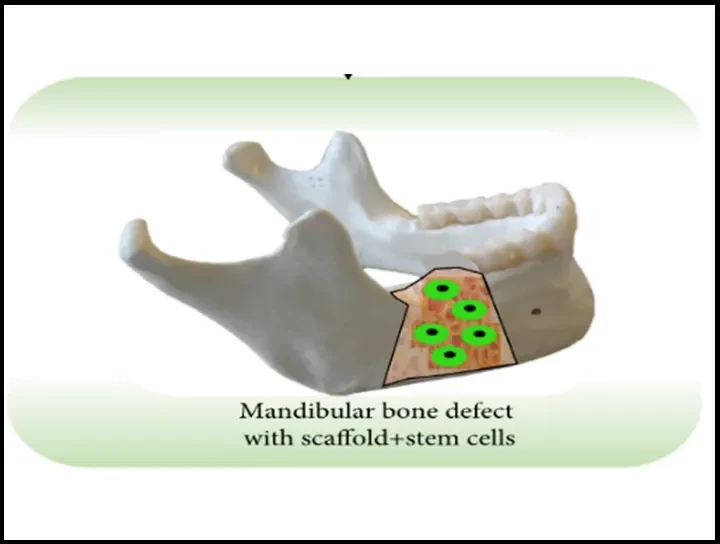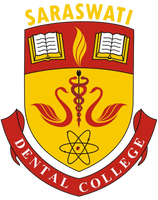
Cells with unique capacity for self-renewal and potency are called stem cells.
Stem cells are unique type of cells that have specialized capacity for self-renewal and potency, can give rise to one and sometimes many different cell types. "They are found in almost many of the multi cellular organisms and are characterized by the ability to renew through mitotic cell division while maintaining the undifferentiated state." Stem cell therapy involves manipulation of the cells in vitro and using for therapeutic purposes.
The possible applications of stem cells are replacement and repair of tissues and organs. Replacement of oromaxillofacial structure is difficult, because functions such as facial expression, articulation, chewing, and swallowing are delicate and made of a complex anatomical structure formed from soft and hard tissues.
Stem cells, biomimmetic materials, and growth factors are essential to form these three-dimensional structures. Regeneration of oral and maxillofacial structures can be carried out using stem cell therapy that has gained momentum in the recent days.
A classic stem cell should possess two properties namely self-renewal and potency.
• Self-renewal is the capacity of the cell to undergo numerous cycles of cell division maintaining the undifferentiated state. An ideal stem cell should have the capacity of self-renewal beyond the "Hayflicks" limit (the ability of the cell to proliferate to about 40-60 population doublings before it achieves senescence).
• Potency means the differentiation capacity of the stem cell.
Stem cells can be broadly divided into
1. Embryonic stem cell
2. Adult stem cell
3 Hematopoietic stem cell
4 Mesenchymal stem cell
5. Induced pluripotent stem cell
The advantages of stem cells from oral and maxillofacial region are that Have high plasticity.
1. It can be cryopreserved for a longer period (Ideal for stem cell banking).
2. It showed good interaction with scaffold and growth factors.
3. Stem cells transplantations can cause pathogen transmission and also need immunosuppression, so an autologous stem cell source is the best option. Dental pulp stem cells will be better fitting tool due to easy surgical access, the very low morbidity of the anatomical site after the collection of the pulp.
Emphasis has been given to the possibilities of stem cell therapy in the oral and maxillofacial region including regeneration of tooth and craniofacial defect and recent Advances in Human Embryonic Stem Cell Research.


No Any Replies to “ROLE OF STEM CELLS IN MAXILLOFACIAL SURGERY”
Leave a Reply